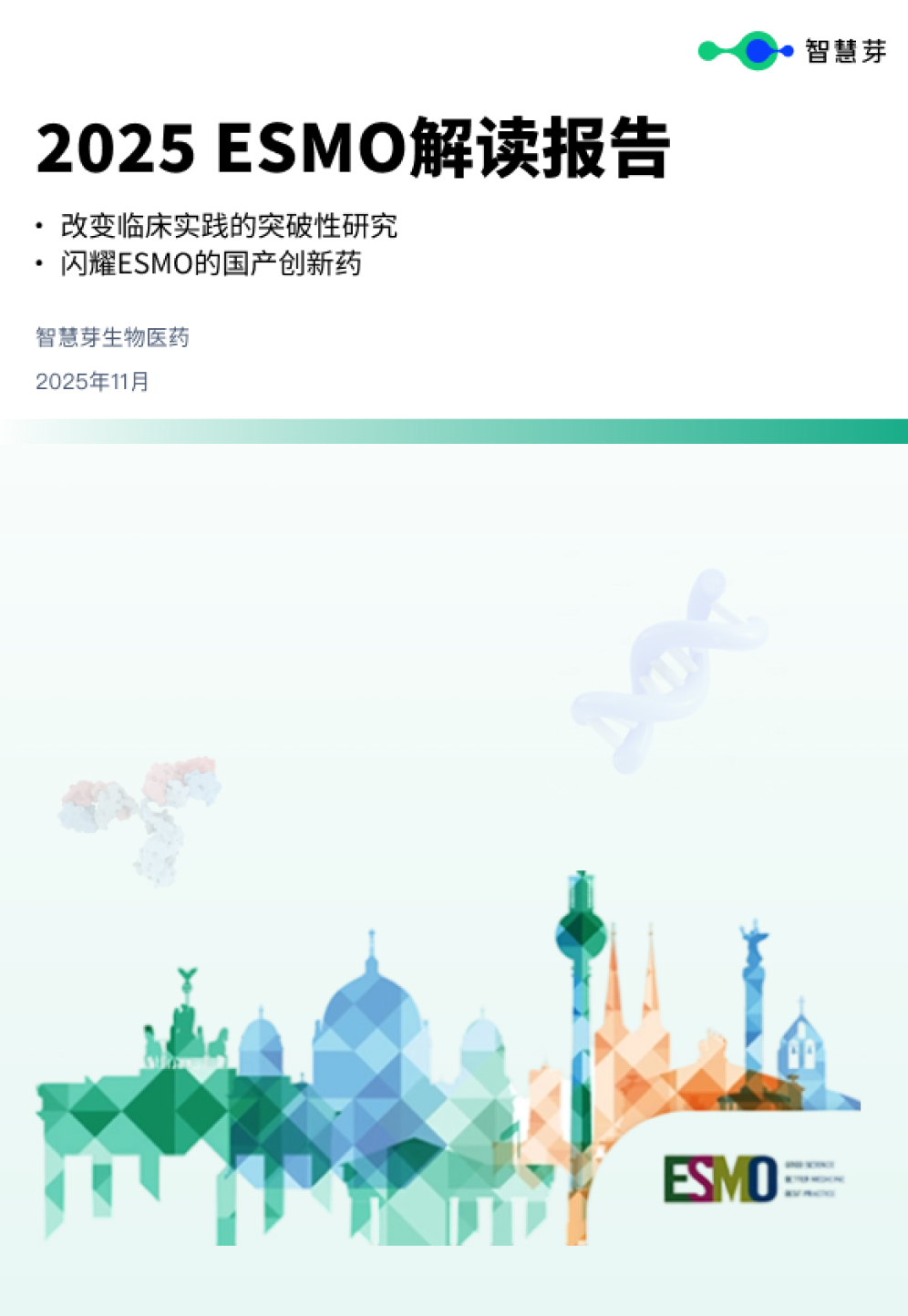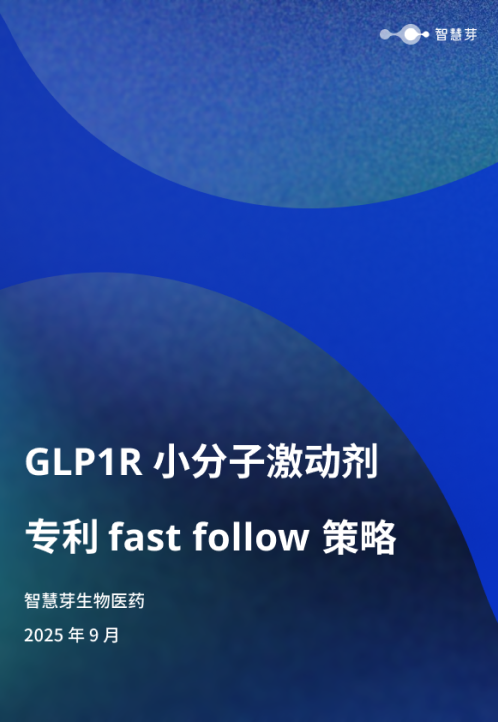预约演示
ASH: Janssen peels back additional layer of data on its new myeloma bispecifc following FDA approval ask
2022-12-12
临床结果上市批准孤儿药ASH会议免疫疗法
Janssen's recent approval ask for talquetamab follows FDA green lights for two of the company's other myeloma treatments in 2022.
Janssenheels of its FDA submissiontalquetamab Johnson FDAunveiling results used to woo regulators on imyelomaecific antibody in multiple myeloma patients in dire need of successful treatment.
The new phase 2 dataFDAeleased MondaJohnson & Johnson Society of Hematology annual meeting, showed that among patients who receimultiple myelomafive prior lines of treatment, J&J’s talquetamab reached an overall response rate of 74.1% when administered weekly. The response rate dropped slightly to 73.1% when the dose was doubled but administered every two weeks. The company says that a nine-month median duration of response was achieved at both dose levels.
In more than a third of patients treated with the weekly, subcutaneous 0.4-mg/kg dose, talquetamab reached complete remission, while 32.4% of patients treated with 0.8 mg/kg every ttalquetamabt such a mark. The median progression-free survival in patients treated with the weekly dose was 7.5 months with a median follow-up of just under 15 months. J&J says the PFS in patients treated every two weeks was not yet mature due to a shorter follow-up time.
Cytokine release syndrome, a reaction to an overstimulation of the immune system, was ptalquetamab treated patients. Nearly 80% of patients treated weekly experienced the syndrome compared to 72.4% in patients treated every two weeks. And, while the vast majority of the cases were not severe, 2.1% of patients treated weekly experienced a grade 3 oJ&J reaction. The majority of severe side effects came from cases of depleted white blood cells and low platelet count. Ultimately, nearly 5% of patients treated weekly ended treatment due to adverse events, and 14.7% had their dose reduced.
Cytokine release syndromexample of J&J looking to pad the stats on yet another potential instrument in its collection of myeloma treatments. The submission to the FDA late last week follows two approvals handed to the massive pharma from U.S. regulators over the course of the year. In February, the FDA approved J&J and Legend’s entry into the CAR-T race with the two’s B-cell maturation antigen-targeting Carvykti. And, less than two months ago, regulators gave an accelerated nod to J&J’s BCMA-focused bispecific Tecvayli.
Talquetamab takes on new targets beJ&Jd BCMA, homing in on both GPRC5D and CD3. Some of the treatments that participatingmyelomats failed to respond to include a pFDAeasome inhibitor, an immunomodulatory agent and an anti-CD3 antibody. In a smaller cohort of patients that previously received T-cell FDAection theJ&Jy, talquetamab was found to be more effective in patients who didn’t respond to prior CAR-TCarvykti compared to patients who received a T-cell-focused bispecific antibodyJ&JBCMATecvayli
Talquetamabb is [a] testament to our ongBCMA commitment to delivGPRC5Del trCD3ment approaches for patients who have exhausted all other options,” said Edmond Chanproteasomematology therapeutic lead in Europe, the Middanti-CD3 antibodya, said in a release.talquetamab
ATalquetamabing orphan-drug designation by both U.S. and European regulators in 2021, talquetamab nabbed breakthrough designation from the FDA in June 2022. A deadline for regulators to decide on the drug will become clear once they accept J&J’s submission application.
更多内容,请访问原始网站
文中所述内容并不反映新药情报库及其所属公司任何意见及观点,如有版权侵扰或错误之处,请及时联系我们,我们会在24小时内配合处理。
生物医药百科问答
全新生物医药AI Agent 覆盖科研全链路,让突破性发现快人一步
立即开始免费试用!
智慧芽新药情报库是智慧芽专为生命科学人士构建的基于AI的创新药情报平台,助您全方位提升您的研发与决策效率。
立即开始数据试用!
智慧芽新药库数据也通过智慧芽数据服务平台,以API或者数据包形式对外开放,助您更加充分利用智慧芽新药情报信息。




